On the morning of September 30, 1999, Hisashi Ouchi, Masato Shinohara, and Yutaka Yokokawa were preparing uranium-enriched fuel at a plant near Tōkai, Japan, when they triggered a nuclear reaction that killed Ouchi and Shinohara and exposed hundreds of others to high levels of radiation.
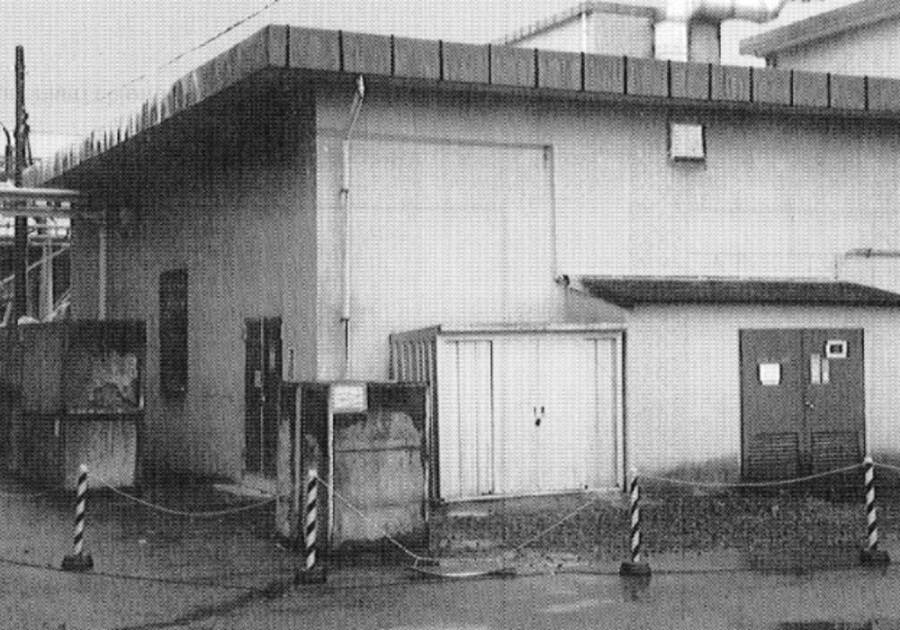
International Atomic Energy AgencyThe building at the JCO plant where the Tokaimura nuclear accident took place in September 1999.
Before the Fukushima disaster of 2011, the Tokaimura nuclear accident was the worst in Japan’s history. On Sept. 30, 1999, a combination of safety shortcuts, human error, and lack of oversight led to a criticality incident that exposed hundreds of people to high levels of radiation — and caused the excruciatingly slow deaths of two employees at the uranium processing facility where the catastrophe occurred.
Three workers at a plant near Tōkai, Japan, were preparing a batch of uranium-enriched fuel when they skipped several key safety steps in an effort to meet shipping deadlines. This ultimately triggered an uncontrolled nuclear reaction that continued for 20 hours. The surrounding village had to be evacuated, and more than 10,000 residents were examined for signs of radiation poisoning in the following days.
The men who caused the reaction — Hisashi Ouchi, Masato Shinohara, and Yutaka Yokokawa — were exposed to the highest amounts of radiation. Ouchi died 83 days later from multiple organ failure and cardiac arrest, and Shinohara followed in April 2000. Yokokawa survived, but he remained hospitalized for three months with minor radiation sickness. Once he was released, he faced charges of negligence.
While the Tokaimura nuclear accident has since been overshadowed by the Fukushima incident that was sparked by a devastating earthquake and tsunami in March 2011, it remains a chilling reminder of the importance of workplace safety and regulations.
The 1997 Nuclear Waste Incident Near Tōkai
Two years before the Tokaimura nuclear accident, a similar incident took place nearby at a facility owned by the Power Reactor and Nuclear Fuel Development Corporation (PNC). On March 11, 1997, a batch of solidified nuclear waste caught on fire and exploded. Nobody was injured, but 37 workers were exposed to radiation.
In the aftermath, PNC faced criticism because the company tried to cover up the lack of supervision that contributed to the incident. Management supposedly asked employees to falsely report the events leading up to the fire, and they didn’t immediately notify government agencies about the explosion.
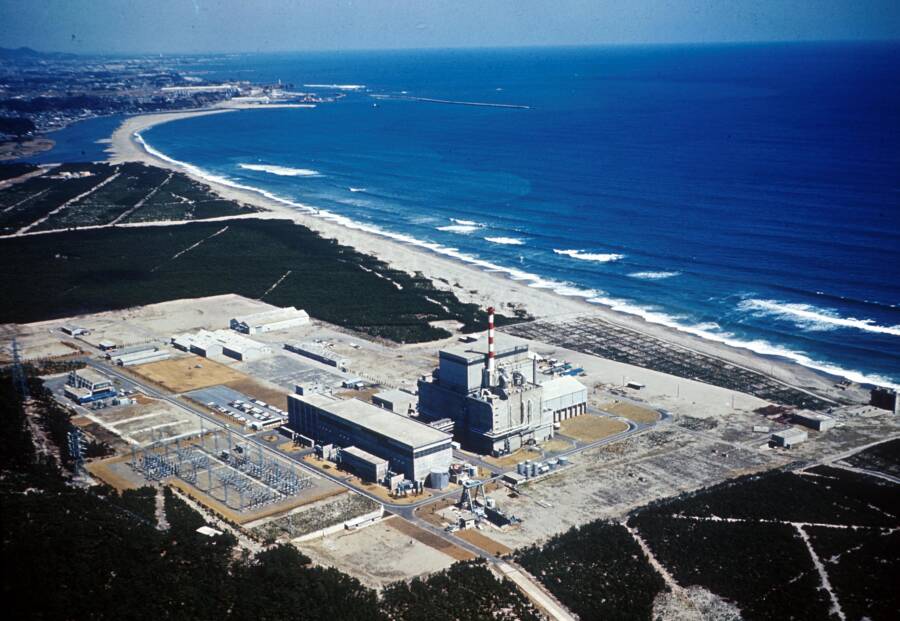
Public DomainThe 1997 incident took place at the Tōkai Nuclear Plant, Japan’s first nuclear power station.
A CNN report from the time stated that company officials claimed workers “inhaled only extremely minute quantities of radiation.” However, nuclear expert Hideyuki Ban noted, “This was a major accident. The explosion was a big one, and you can never underestimate the effect of radiation.”
Other people criticized Japan’s response to the accident, saying that the government “coddles the nuclear industry.”
After public outcry, the government did shut the facility down for three years. However, other nuclear companies clearly didn’t learn from PNC’s mistakes — and in September 1999, disaster struck again.
JCO Bypasses Important Safety Measures
At a site just four miles from PNC’s facility, a plant operated by the company JCO processed more than three tons of enriched uranium yearly.
Essentially, the approved process involved dissolving uranium oxide powder in nitric acid inside a tank. Workers would then transfer the solution to a buffer tank to be mixed. This tank was carefully designed with the proper proportions to prevent a dangerous nuclear reaction. It also precisely controlled the amount of material that then moved into a third tank, the precipitation tank, which removed excess heat.
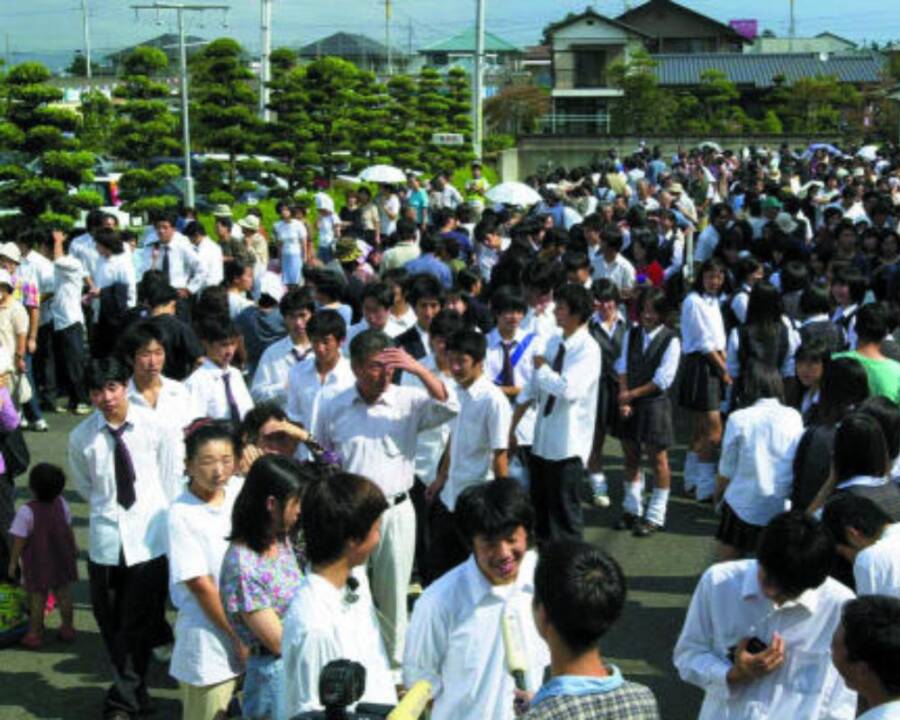
BMJ/National Library of MedicineResidents of Tōkai line up for radiation testing following the Tokaimura nuclear accident.
Each step of the process was created with safety in mind to ensure that criticality — the state in which a nuclear chain reaction is self-sustaining — was never reached. However, JCO decided to change this procedure without running it by regulatory officials. Instead of dissolving the uranium oxide in a tank, workers were allowed to use stainless steel buckets.
To speed up the process even further, employees began pouring the mixture from the buckets directly into the precipitation tank and stirring it mechanically, bypassing the buffer tank completely.
The end result was that all protective measures to prevent criticality events were eliminated — and the consequences were horrific.
How The 1999 Tokaimura Nuclear Accident Happened
On Sept. 30, 1999, three workers — Hisashi Ouchi, Masato Shinohara, and Yutaka Yokokawa — were preparing a small batch of uranium-enriched fuel for an experimental reactor. JCO hadn’t made fuel for that specific reactor in three years, but despite that, the three men weren’t given any specific training for their task.
What’s more, the uranium they were using was enriched to 18.8 percent rather than the three to five percent they were accustomed to. This meant that all safety precautions should have been followed precisely to prevent disaster — but that’s not what happened.
Around 10:35 a.m., Ouchi was leaning over the precipitation tank holding a funnel as Shinohara poured 35 pounds of uranium oxide solution directly from a stainless steel bucket when criticality was reached. The men saw a blue-white flash of light and immediately started feeling ill. They quickly left the room along with Yokokawa, who had been sitting at a desk behind a wall about 14 feet away when the reaction occurred.
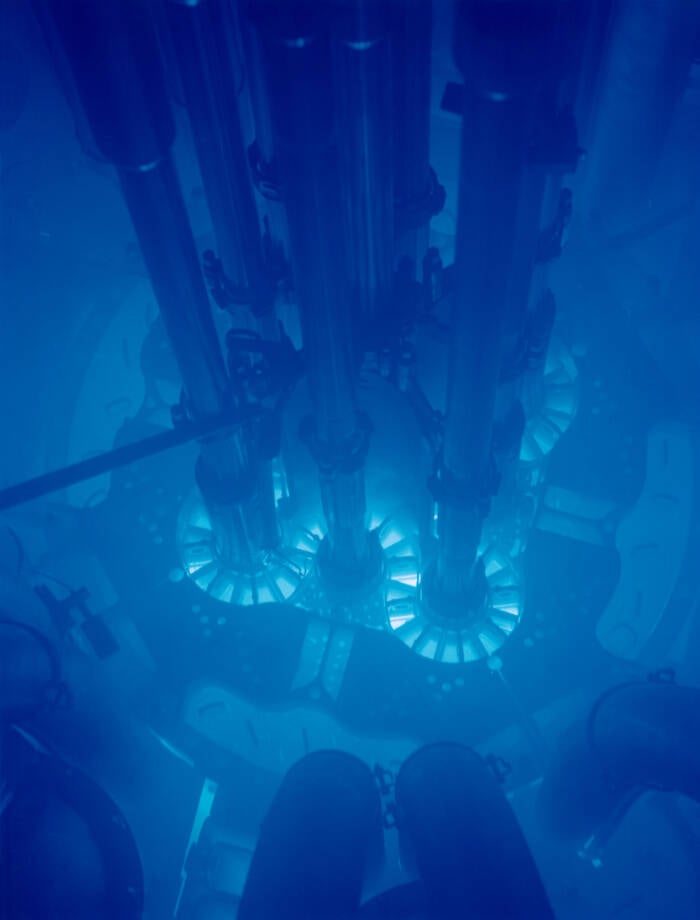
Idaho National Laboratory/Wikimedia CommonsNuclear reactions can sometimes produce a blue-white flash, as seen here in the Idaho National Laboratory’s Advanced Test Reactor core.
Ouchi and Shinohara began experiencing pain, nausea, and difficulty breathing. Ouchi then vomited and passed out. The three men were rushed to the hospital.
Meanwhile, the rest of the plant was evacuated. Five hours later, as the nuclear reaction continued to release radiation, the 161 residents who lived within a quarter mile of the facility were evacuated, too. They were only allowed to return home two days later after officials confirmed the radiation levels in the area weren’t harmful.
Twelve hours after the incident, everyone who lived within a six-mile radius of the plant was ordered to stay indoors until the following day. And finally, 20 hours after the criticality event began, workers were able to stop it by draining the water from the precipitation tank and adding a boric acid solution.
The Tokaimura nuclear accident was over, and thankfully, it’s scale was nothing even close to the disaster at Chernobyl, for instance. But the worst was yet to come for Ouchi, Shinohara, and Yokokawa.
The Slow, Excruciating Death Of Hisashi Ouchi Following The Tokaimura Disaster
Radiation exposure is measured in sieverts, and a dose of more than four or five sieverts is likely to cause death. Yokokawa was exposed to three sieverts. Shinohara was exposed to 10. And Ouchi, who was standing directly over the tank when the reaction began, was exposed to a staggering 17 sieverts.
Over the following weeks, radiation burns covered Ouchi’s body. His skin began melting off of him, and blood leaked from his eyes. His white blood cell count dropped to nearly zero, so he had no immune response. Doctors placed him in a special ward to prevent infection and performed a revolutionary stem cell transplant in an effort to save his life — but it was all in vain.

Peaked Interest/YouTubeHisashi Ouchi became the “world’s most radioactive man” as a result of the Tokaimura nuclear accident.
Ouchi was in excruciating pain. However, his family was determined to save him, and they urged doctors to resuscitate him each time his heart stopped. Eventually, however, Ouchi’s organs began to shut down. He died on Dec. 21, 1999, after 83 days of agony.
Shinohara held on until April 27, 2000, before succumbing to multiple organ failure as well. Yokokawa was released from the hospital after three months with minor radiation sickness — and then he was charged with negligence for his role in the Tokaimura nuclear accident.
The Aftermath Of The Tokaimura Criticality Incident
In the weeks following the Tokaimura disaster, more than 10,000 people were tested for radiation exposure. At least 667 of them were found to have received an excess dose of radiation.
In October 2000, Yokokawa was arrested for failure to supervise proper procedures. The following April, he and five other JCO employees pleaded guilty to negligence resulting in death. JCO was also forced to pay out $121 million to settle nearly 7,000 compensation claims from local residents.
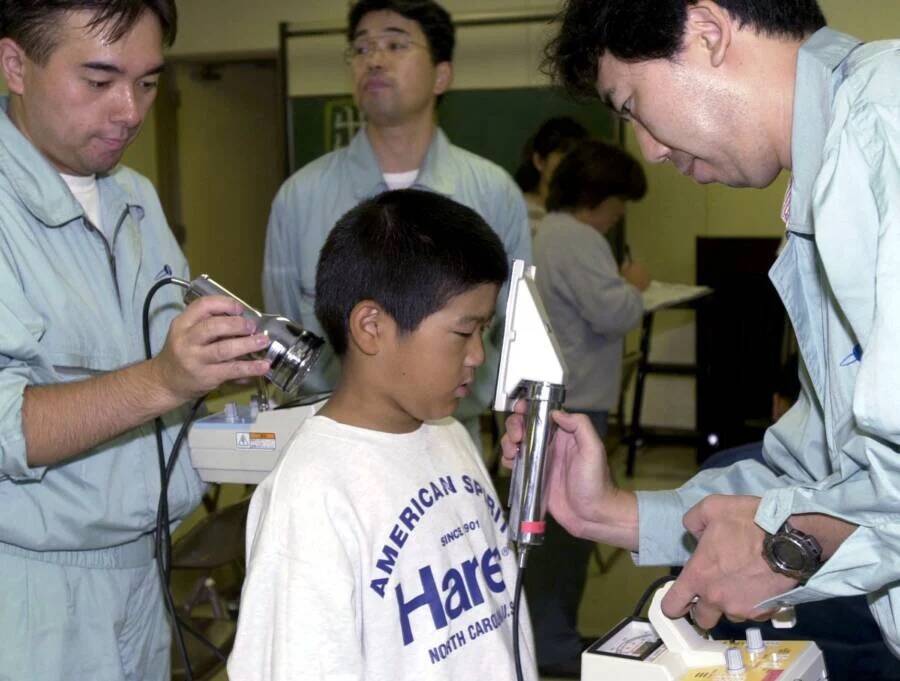
Kaku Kurita/Gamma-Rapho/Getty ImagesResidents who lived within six miles of the plant were tested for radiation exposure in the days following the Tokaimura incident.
The Tokaimura nuclear accident was classified as a Level 4 “irradiation” incident — rather than a “contamination” incident — on the International Nuclear Event Scale, meaning it was considered low risk outside of the facility. The disaster also led to regulatory agencies revoking JCO’s credentials for operation, making the company the first in Japan to be punished for mishandling nuclear radiation.
After reading about the Tokaimura nuclear accident and its horrific aftermath, learn about Starfish Prime, the operation that saw a nuclear missile detonated in outer space. Then, read about the Runit Dome, the concrete “tomb” filled with nuclear waste.





